Drone light shows have rapidly transformed from niche spectacles into mainstream attractions across the globe. With their ability to replace fireworks in a safer, more environmentally friendly way, they have become the centerpiece of major festivals, national celebrations, and commercial events. In 2025, event organizers are not only seeking visually captivating performances but also reliable, professional-grade systems to deliver them. This article explores the fundamentals of drone light shows, their global adoption, cost considerations, and why ready-to-use solutions like the MMC L1 are setting new standards in the industry.
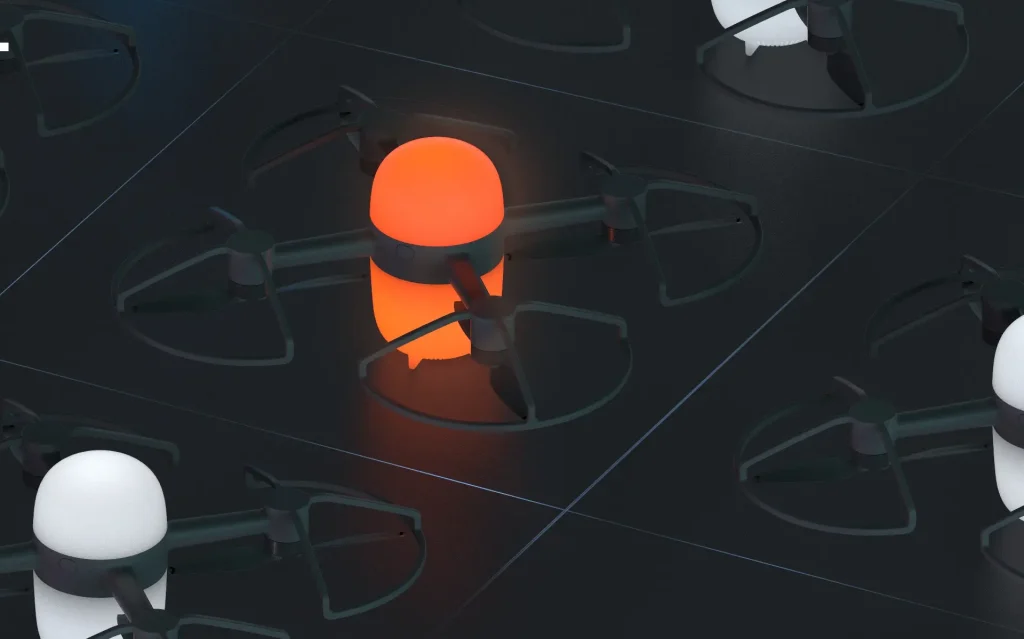
What Is a Drone Light Show?
A drone light show is a coordinated performance in which multiple drones, each equipped with LED lights, fly in pre-programmed patterns to create stunning images, animations, and visual effects in the sky. These shows combine the artistry of choreography with the precision of aerospace engineering, allowing audiences to experience a new form of aerial storytelling.
Unlike traditional fireworks, drone light shows are reusable, quieter, and environmentally friendly. They eliminate chemical smoke and debris, while offering greater flexibility in design. The result is a modern form of entertainment that appeals to audiences of all ages.
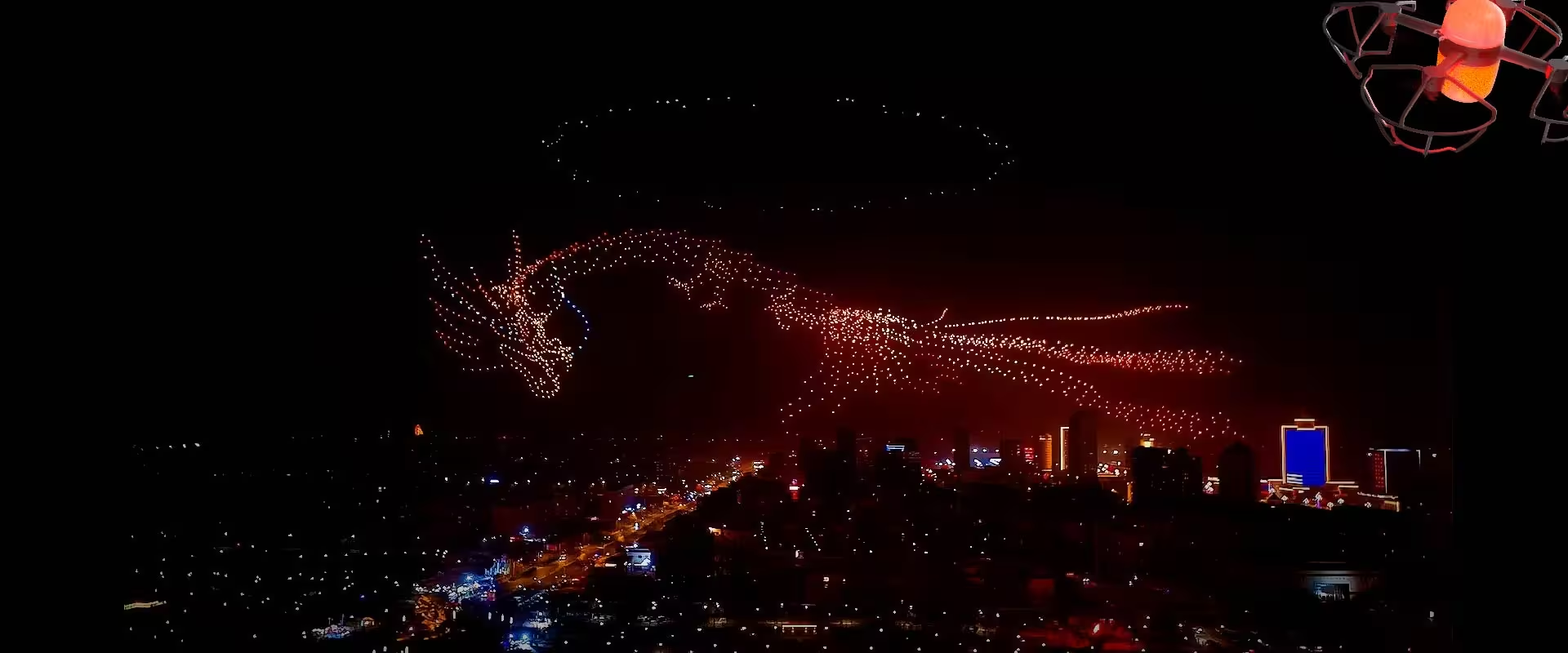
How Do Drone Light Shows Work?
Behind every drone light show lies a combination of hardware, software, and operational expertise. The basic workflow includes:
- Show Design: Animators and 3D artists create a visual sequence using specialized software. The design determines the number of drones needed, the formations, and timing.
- Flight Planning: The designed animations are converted into flight paths, ensuring that drones avoid collisions and remain synchronized.
- Pre-Show Testing: Operators conduct ground tests to verify accuracy and reliability before a live performance.
- Execution: During the event, drones are launched and controlled via a ground control system (GCS), with real-time monitoring ensuring precision.
Modern drone light show systems require seamless integration of drones, navigation systems, communication modules, and management software. This complexity is why professional solutions are preferred over DIY setups.
Applications Around the World
Drone light shows are now widely adopted for both public and private events. Their versatility makes them suitable for:
- National Celebrations: Many countries have embraced drone shows as sustainable alternatives to fireworks on Independence Days or New Year’s Eve.
- Commercial Branding: Corporations use drone shows to launch products or create branded sky animations.
- Cultural Festivals: From the Olympics to regional cultural events, drone shows offer storytelling opportunities at a massive scale.
- Tourism and Hospitality: Cities and resorts integrate drone shows into their tourism offerings to attract visitors.
As audiences increasingly expect innovative visual experiences, demand for professional drone light show systems continues to grow.
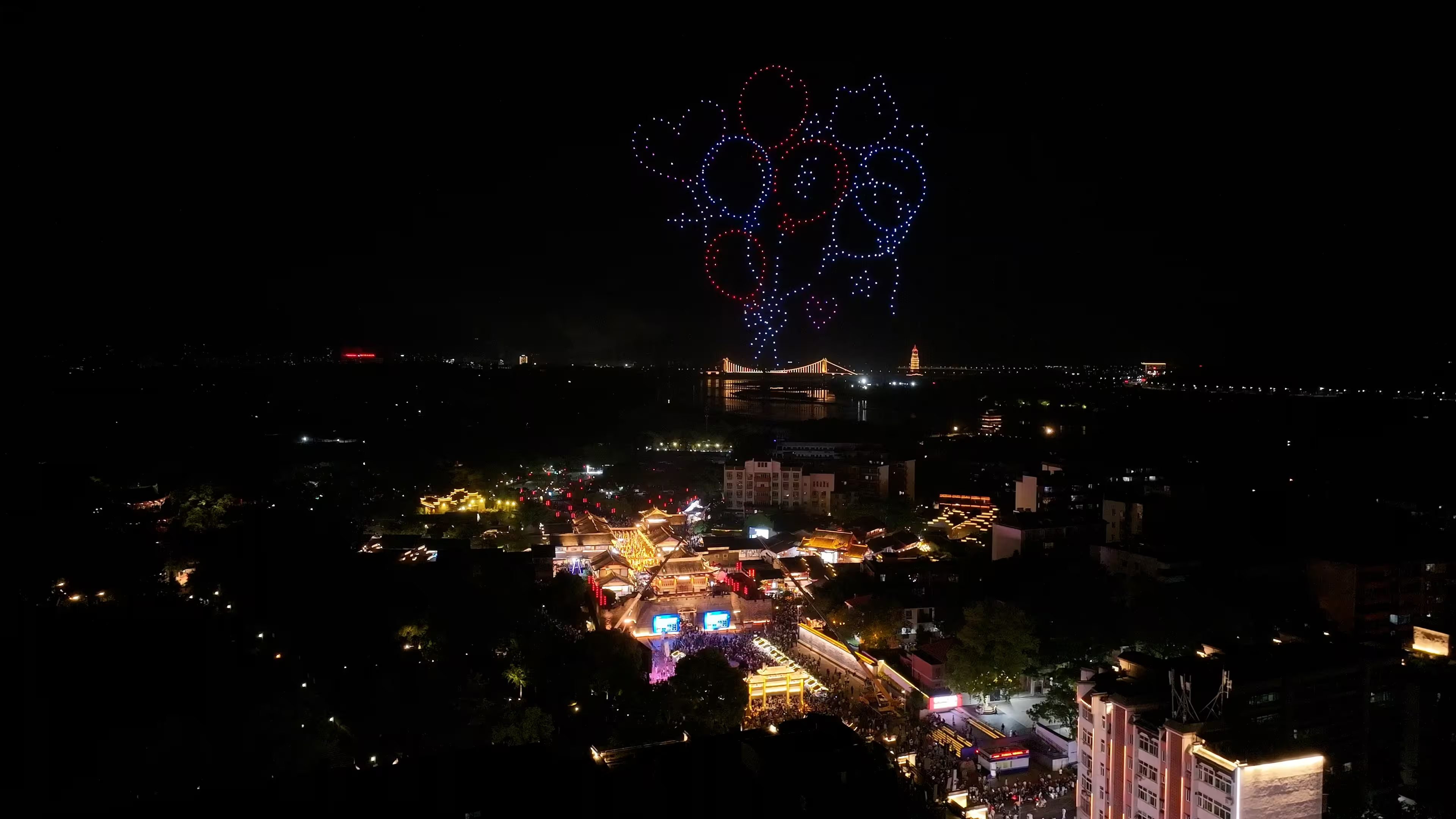
Cost Considerations for Drone Light Shows
The cost of producing a drone light show varies based on several factors:
- Fleet Size: A larger number of drones allows for more complex animations. Small-scale shows may use 100 drones, while large-scale national events may involve 1,000 or more.
- Location: Operating costs differ depending on the country, local regulations, and site requirements.
- Design Complexity: The more detailed and intricate the animations, the higher the costs for planning and production.
- Duration: Longer shows or multiple rehearsals may increase expenses.
Although costs can be significant, drone shows are often more economical over time compared to fireworks, since drones are reusable assets.
Why Ready-to-Use Professional Systems Matter
While early adopters of drone light shows experimented with DIY kits, the industry has now shifted toward professional-grade systems that prioritize safety, reliability, and scalability. Event organizers cannot afford technical failures during live performances, and professional systems offer advantages such as:
- Rigorous testing and certification
- Integrated hardware and software designed for synchronization
- Advanced safety features including fail-safe landing and geofencing
- Scalability for different event sizes
For organizations that want dependable results and a streamlined process, investing in ready-to-use systems like the MMC L1 provides long-term value and peace of mind.
Introducing the MMC L1: Purpose-Built for Drone Light Shows
The MMC L1 is a professional drone system engineered specifically for light shows. Designed to balance performance, safety, and scalability, it addresses the unique needs of the entertainment industry. Key highlights include:
- Ultra-Lightweight Design: The MMC L1 weighs only 1 kg, making it efficient and responsive in the air.
- High-Speed Maneuverability: Capable of reaching up to 15 m/s, it enables smooth transitions and dynamic animations.
- Compact and Portable: With a foldable frame, transportation and deployment are simple, even for large fleets.
- Precision Lighting: Equipped with high-brightness LEDs, the L1 delivers vivid colors and clear visibility even from long distances.
- Advanced Flight Control: Built-in GNSS and IMU systems ensure stable positioning and accurate synchronization across hundreds of drones.
- Scalable Fleets: Whether for 100 or 1,000 drones, the MMC L1 integrates seamlessly into large-scale shows.
- Durability: Industrial-grade materials and design ensure resilience in diverse weather conditions.
With these features, the MMC L1 offers an end-to-end solution for professional light show operations, eliminating the risks and inefficiencies of DIY alternatives.

Operational Workflow with MMC L1
Using the MMC L1 for a light show follows a streamlined process:
- Concept Development: Animators create visual storyboards tailored to the event.
- Flight Programming: The MMC L1’s software converts animations into precise flight plans.
- Rehearsals: Ground and test flights validate synchronization.
- Deployment: Drones are quickly set up on-site thanks to their foldable design and intuitive software.
- Execution: The light show is launched with real-time monitoring and redundancy systems ensuring safety.
This efficiency allows event organizers to focus on creativity, knowing that the technical foundation is reliable.
Scalability and Return on Investment
For businesses and event organizers, the scalability of MMC L1 fleets translates into strong ROI. The reusability of drones reduces long-term operational costs compared to fireworks, while the growing demand for sustainable entertainment ensures ongoing opportunities.
Moreover, the reliability and portability of the MMC L1 make it possible to expand operations across regions, enabling service providers to handle multiple events with the same fleet.
Conclusion
Drone light shows represent the future of entertainment, blending technology and artistry in ways that inspire audiences worldwide. While DIY experiments helped introduce the concept, today’s market demands professional, reliable, and scalable systems. The MMC L1 stands at the forefront of this evolution, providing event organizers with a purpose-built solution that ensures safety, efficiency, and breathtaking performances.
As 2025 unfolds, the message is clear: for organizations seeking to deliver unforgettable aerial spectacles, the MMC L1 is not just an option—it is the standard.
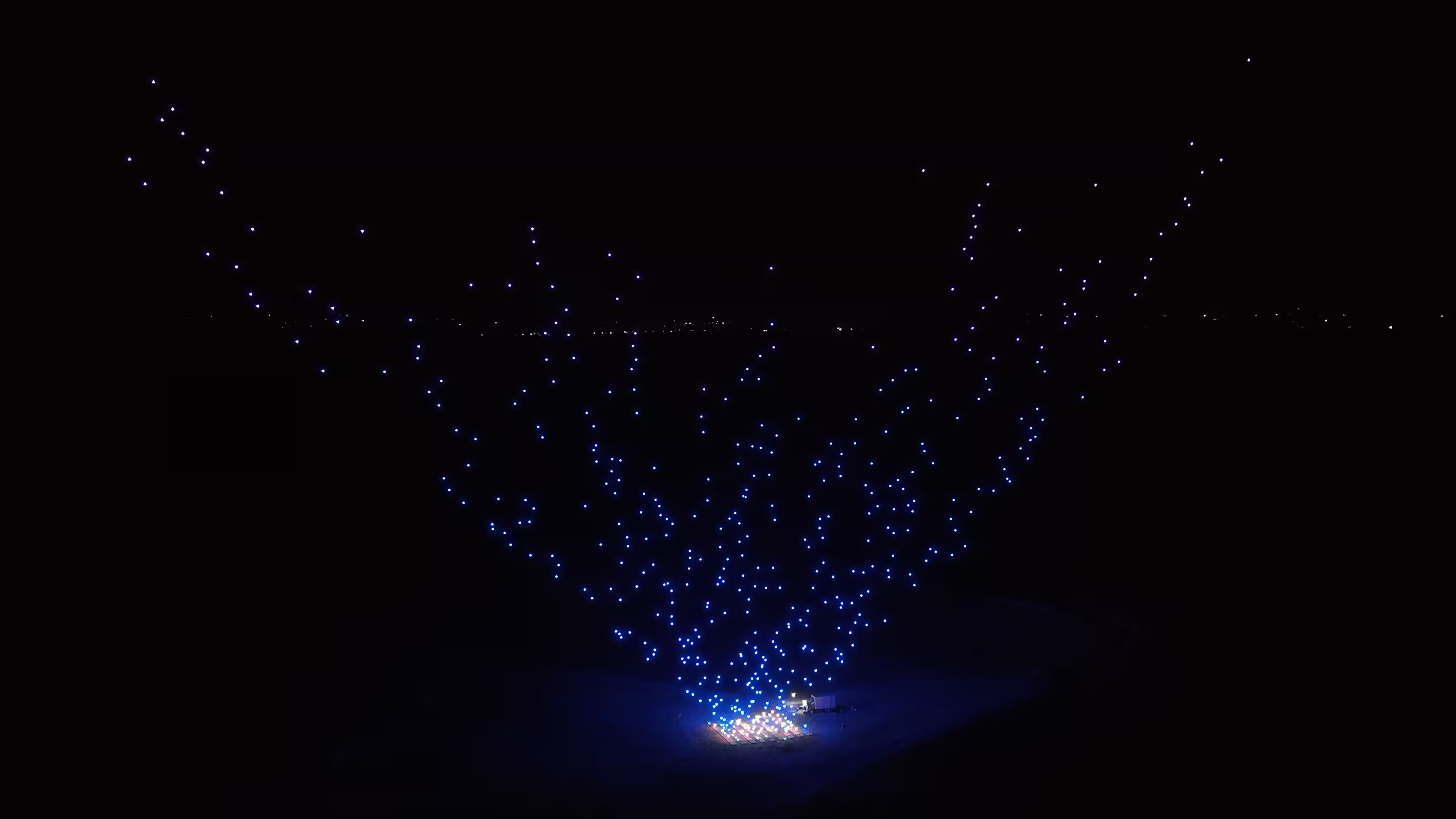
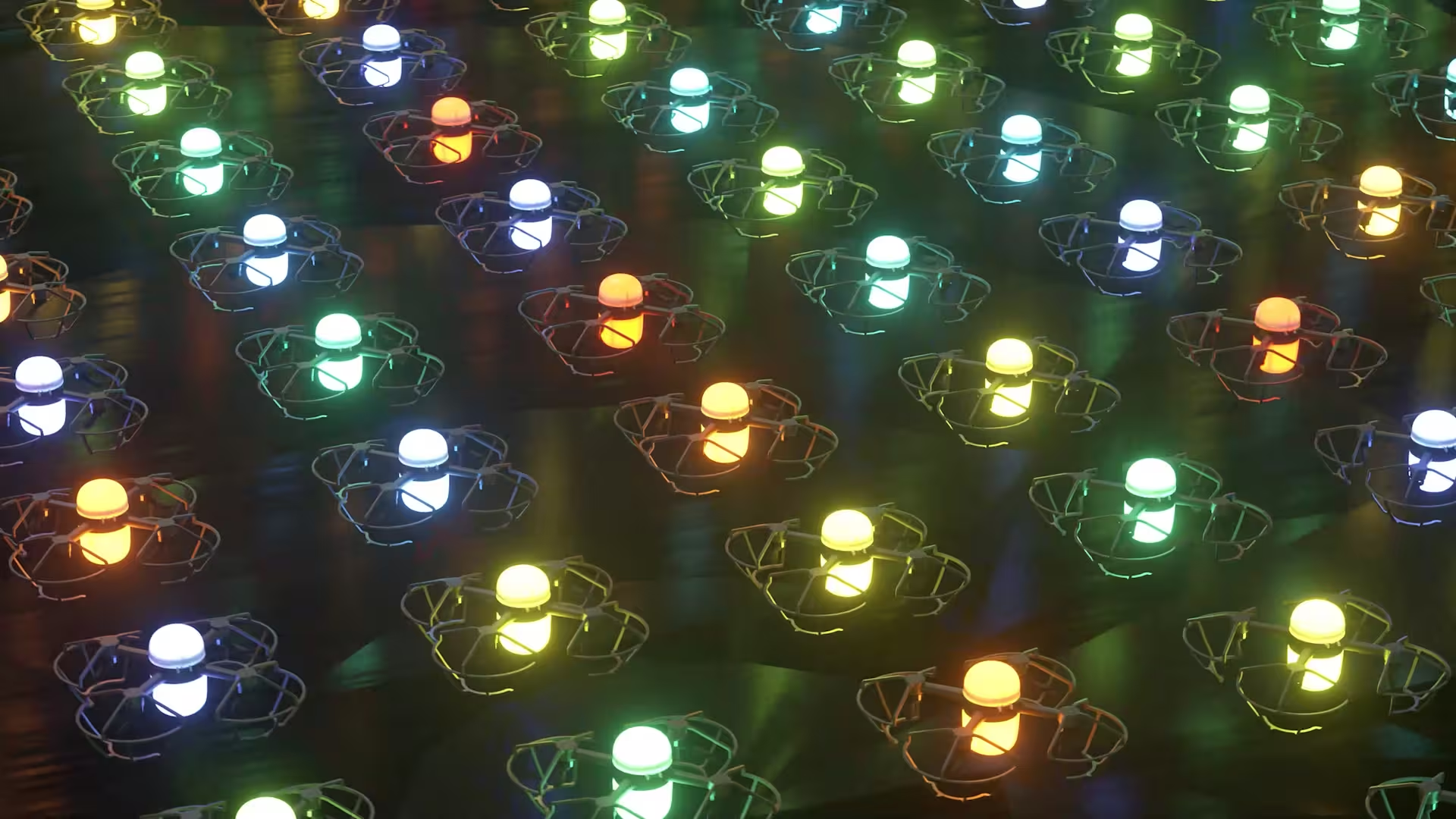
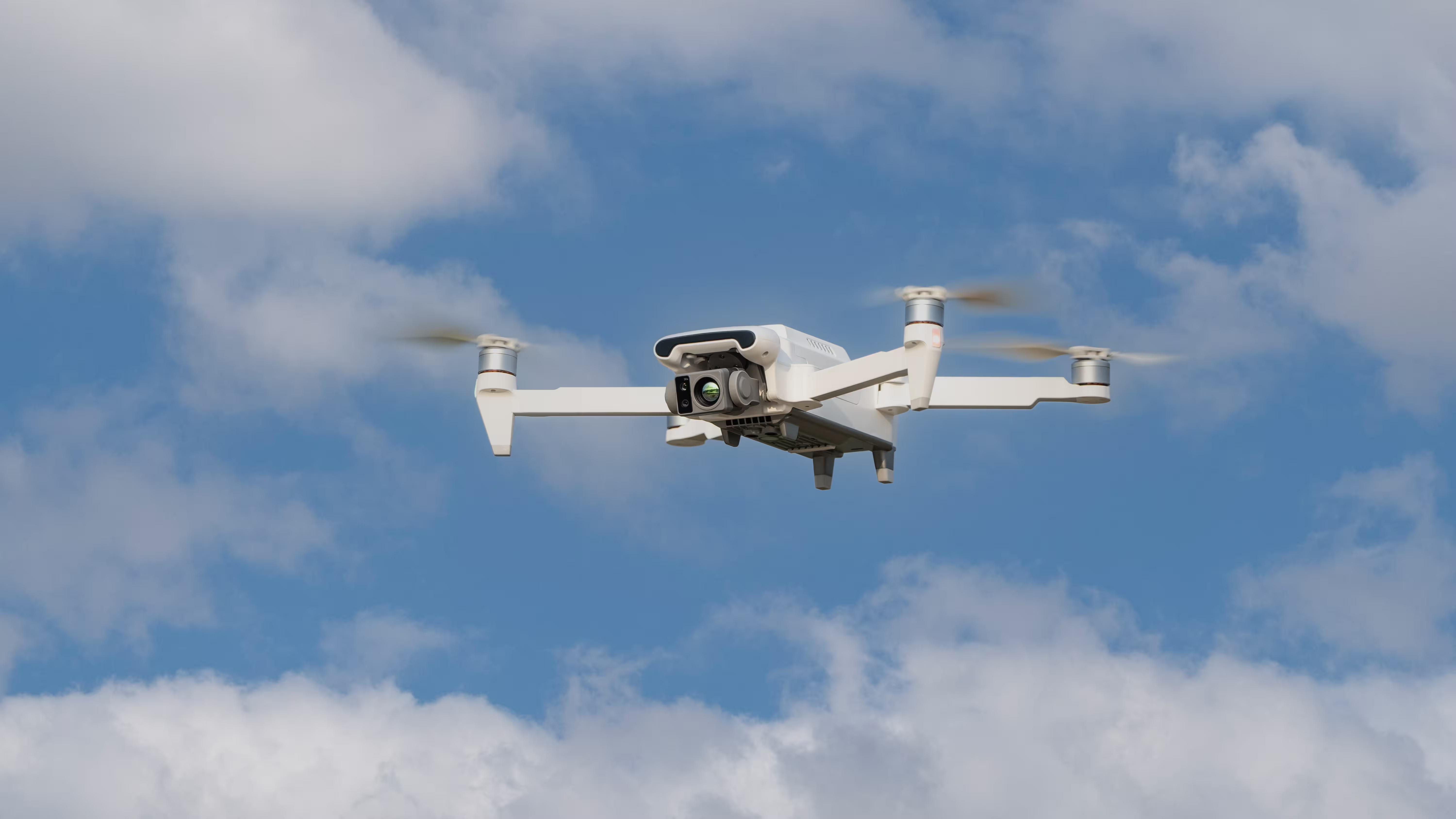

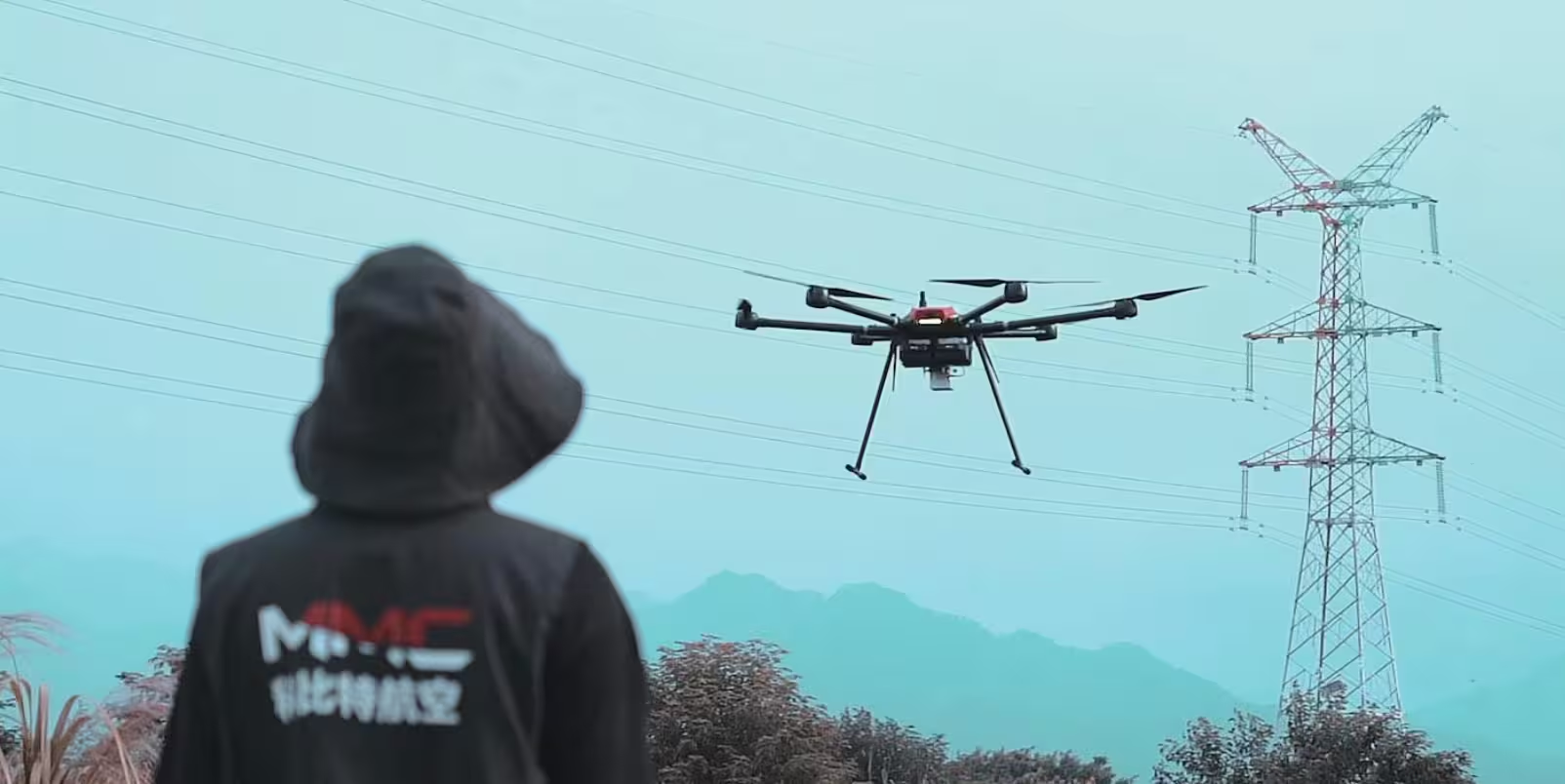
Comments